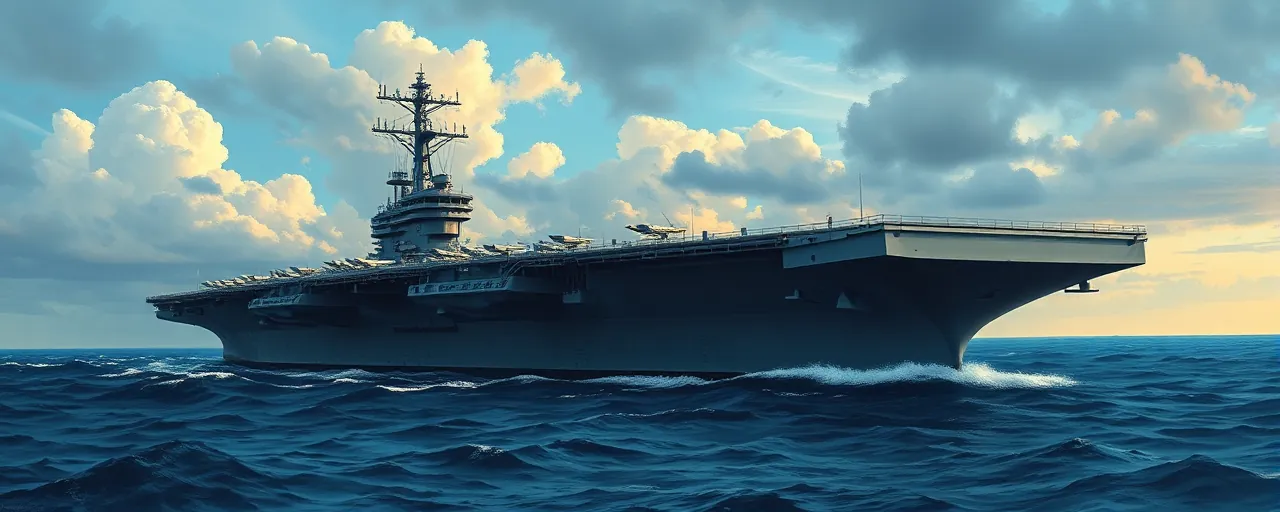A Fleet Under Pressure
The U.S. Navy has big plans. It wants to churn out one Columbia-class submarine and two Virginia-class submarines each year, with an eye on bumping that up to 2.33 Virginia-class subs annually. Add to that a push for more Gerald R. Ford-class aircraft carriers, and the scope of the ambition becomes clear. These vessels are not just ships; they’re linchpins of national defense, designed to keep the U.S. ahead in a world where naval power shapes global security.
Yet ambition alone doesn’t build ships. At a Senate Armed Services Committee hearing on April 8, 2025, Navy leaders laid out the stakes. They painted a picture of an industrial base stretched thin, struggling to meet demand. The Columbia-class submarine, tagged as the Navy’s top priority, is meant to replace aging Ohio-class vessels critical to the nation’s nuclear deterrence. Meanwhile, carriers like the USS Gerald R. Ford are gearing up for missions that ripple across geopolitics, from the Pacific to the Middle East.
The Industrial Base Bottleneck
Building these behemoths requires more than blueprints. Matthew Sermon, a senior Navy program manager, told lawmakers the maritime industrial base needs a serious overhaul. Supply chains are creaking, skilled workers are scarce, and outdated tools slow the process. Since 2018, parts delivery for submarines has jumped by over 250%, but Sermon warned that figure needs to double again to keep pace with the nuclear fleet’s needs.
Labor shortages hit especially hard. In 2024, the Navy helped industry hire over 12,600 workers, targeting trades like welding and naval engineering. Still, Rear Adm. Jonathan Rucker, overseeing attack submarines, admitted production lags. Last year’s output was just 1.13 Virginia-class subs against a goal of 2.0. The culprits? A mix of workforce gaps, delayed materials, and shipyard infrastructure woes, all driving up costs and pushing timelines back.
Innovation as a Lifeline
Amid the strain, technology offers a glimmer of hope. The Navy’s Additive Manufacturing Center of Excellence in Danville, Virginia, is churning out parts at a clip. Sermon highlighted how it’s already printed over 270 components, with plans to cut delays by over 1,000 days in 2025. This isn’t just about speed; it’s about rethinking how the Navy gets what it needs, sidestepping clogged supply chains with on-demand production.
Historical echoes resonate here. During World War II, rapid industrial shifts turned the tide, but today’s challenges are different. China’s push for nuclear-powered carriers and Russia’s submarine upgrades add urgency. The U.S. isn’t alone in this race, and falling behind could tilt the balance in contested waters like the South China Sea. Yet critics question the cost, pointing to a defense budget dwarfed by soaring federal interest payments, a fiscal tightrope that complicates big investments.
Voices Weigh In
Not everyone sees the path forward the same way. Rear Adm. Todd Weeks, focused on strategic submarines, called the Columbia-class a ‘once-in-a-generation’ effort, vital for deterring threats. He acknowledged delays with the lead ship, USS District of Columbia, but pointed to progress on the USS Wisconsin as proof the system can deliver. On the flip side, some analysts argue the price tag—part of a trillion-dollar nuclear triad overhaul—raises tough questions about trade-offs, especially with domestic needs clamoring for funds.
Shipyard workers and industry leaders have their own take. Low wages, hovering around $20 an hour for skilled trades, and tough conditions drive turnover. Proposed fixes like better pay and automation spark debate. Workers want a fair shake; taxpayers eye the bottom line. Meanwhile, advocates for modernization say cutting corners risks leaving the Navy outmatched, a gamble with stakes stretching from deterrence to alliance credibility.
What Lies Ahead
The Navy’s juggling act isn’t slowing down. The USS John F. Kennedy, a Ford-class carrier, is 95% complete, though hiccups with elevators and launch gear keep delivery dates shaky. Two more carriers, the Enterprise and Doris Miller, are rising in tandem at Newport News, a nod to shipyard ingenuity. For submarines, early work on five more Columbia-class boats signals commitment, even as Virginia-class deliveries limp along.
This isn’t just about steel and rivets. It’s about a nation betting on its industrial muscle to stay a step ahead. Success could mean a fleet ready for tomorrow’s fights; stumbles could leave gaps adversaries exploit. The clock’s ticking, and the world’s watching, from factory floors in Virginia to contested seas half a globe away.
